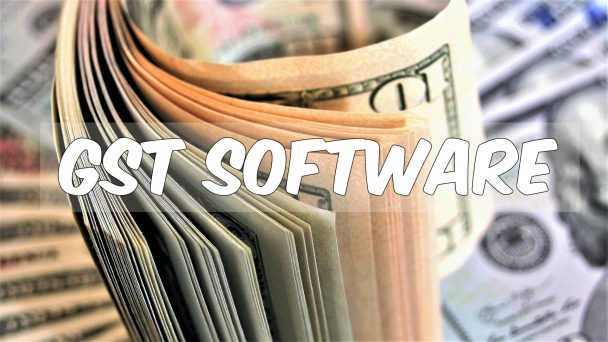Nine months post implementation of the Goods and Services Tax Act, the regime now has more than 1.03 crores registered taxpayers. However, the regime experienced an extremely rough start. With millions of businesses complaining about the complexity of the process, the revenue collections also depreciated. Surprisingly, the complete digital nature of the Goods and Services Tax Act stood in most of the Indian business’s way to hassle-free compliance. As a result of such disagreement, more than 84% taxpayers made mistakes in the summary sales return and final returns. And amidst all the compliance-related issues, the technology provided a relief to the taxpayers.
The most complicated processes under the Goods and Services Tax Act are:
- The return filing mechanism
- Applicable tax calculation
- The e-way billing system
You might be aware of all the above-mentioned processes and how complicated these processes actually are for the registered businesses under GST. Considering the complicatedness of these processes, the government directed the GSTN (Goods and Services Tax Network) to remove the glitches from the portal and work effectively in making the regime more simplified. Before we start chewing upon the technology’s relentless contribution in GST, let’s know how it actually helped to streamline the taxation to a great extent.
The return filing mechanism
Ask yourself this. How many times have you filed an error-free return post GST rollout? Probably none. The only reason the mistakes occur while you file the returns is the lack of information. However, The GST software demo India helped the businesses with a 360-degree approach to the taxation. As per the GST guidelines, the summary sales returns should match the final returns. The mismatched returns are turned down by the assigned authorities in the GST Council. In such cases, the taxpayers are required to re-file the returns which make the process even more sluggish.
On the other hand, GST software reduced the stiffness of the return filing process by:
- Creating the invoices in bulk.
- Providing an easy user interface.
- Enabling the taxpayers to import the data from the third-party software.
- Ensuring the data safety.
These advancements led more than 50 lakhs businesses file returns correctly. This ultimately increases the revenue collections. Also, such a simplified process ensures a smooth flow of the input tax credit claims to the taxpayers. Recently, most of the Indian exporters had to temporarily shut their businesses as they didn’t receive any claimed refunds of the last six months. Consequently, the Central Board of Excise and Customs, operating the refund process through their offices, credited around INR 15,000 crores to the taxpayers.
Applicable tax calculation
The tax applicable under the GST bill details India has a wide range of components. Sometimes these components like the multiplicity of tax rate and exempted goods and services put the taxpayers in the dilemma to calculate the applicable tax in the best way possible. However, the small businesses in the remote areas of India have the least exposure towards the technology. For these businesses to step into the process to calculate GST is like voluntarily strangling their businesses and turning them into a dead wood.
Besides the government planning to provide such businesses free GST assistance through any means possible, the technology is also helping MSMEs maintain a balance between the business and taxation. With the help of GST software demo India, the tax calculation is done within minutes. Also, the user is not entangled in finding out the GST rates only. Consuming a reasonable amount of time, the software automatically picks the HSN/SAC codes required for the calculation. Moreover, the goods and services exempted from the regime are retrieved at the time of calculation to ensure the process is flawless.
E-way billing system
The government has recently added an extra burden of the e-way billing mechanism on the taxpayer’s shoulders. Now every transporter would be required to generate an electronic bill if he is carrying a consignment of above INR 50,000. This has made the logistics sector in India unstable as the rule also states that after every 50 kilometers the transport moves, the bill must be re-generated. Also, the GSTN portal collapsed at the beginning of the implementation.
But the state-of-the-art technology behind the GST software has helped the transporters to easily comply with the process. It eliminates the requirement to manually upload the bill on the portal. With the help of the software, the bill could be uploaded as well as generated effectively.
Conclusion
The increase in the technology post implementation of the Goods and Services Tax Act has made India a data-rich nation. The government should keep making the efforts to streamline the taxation in India. The more the taxation regime will evolve, the more advanced the nation will become.
